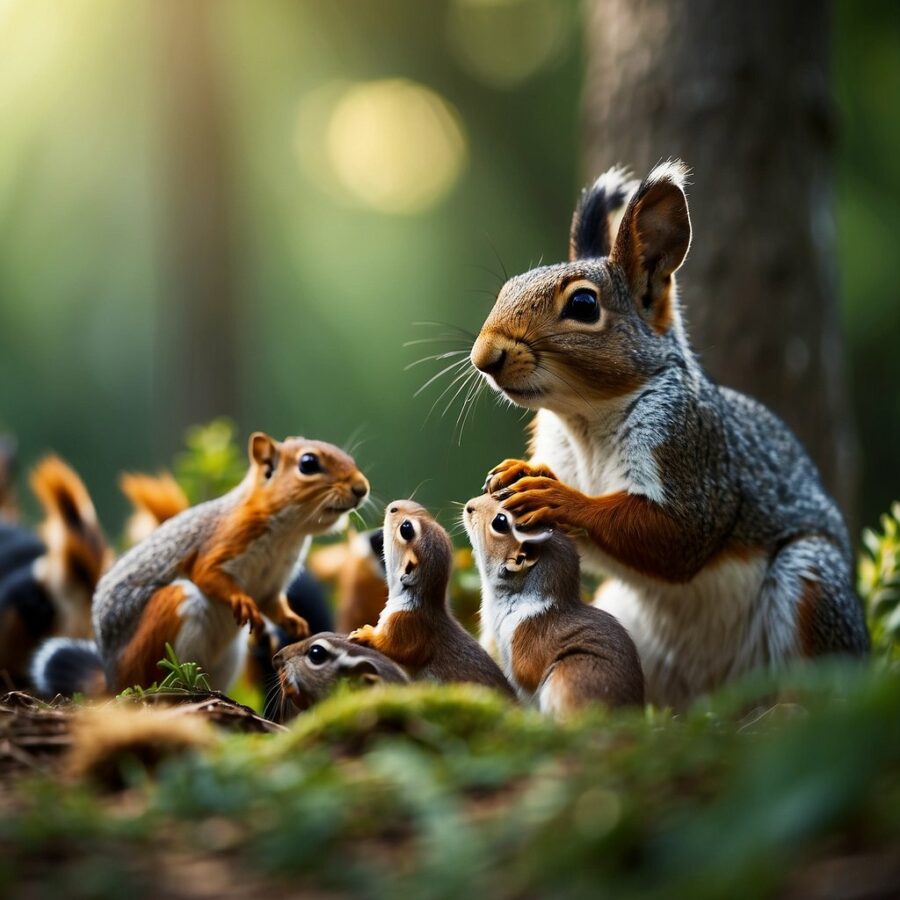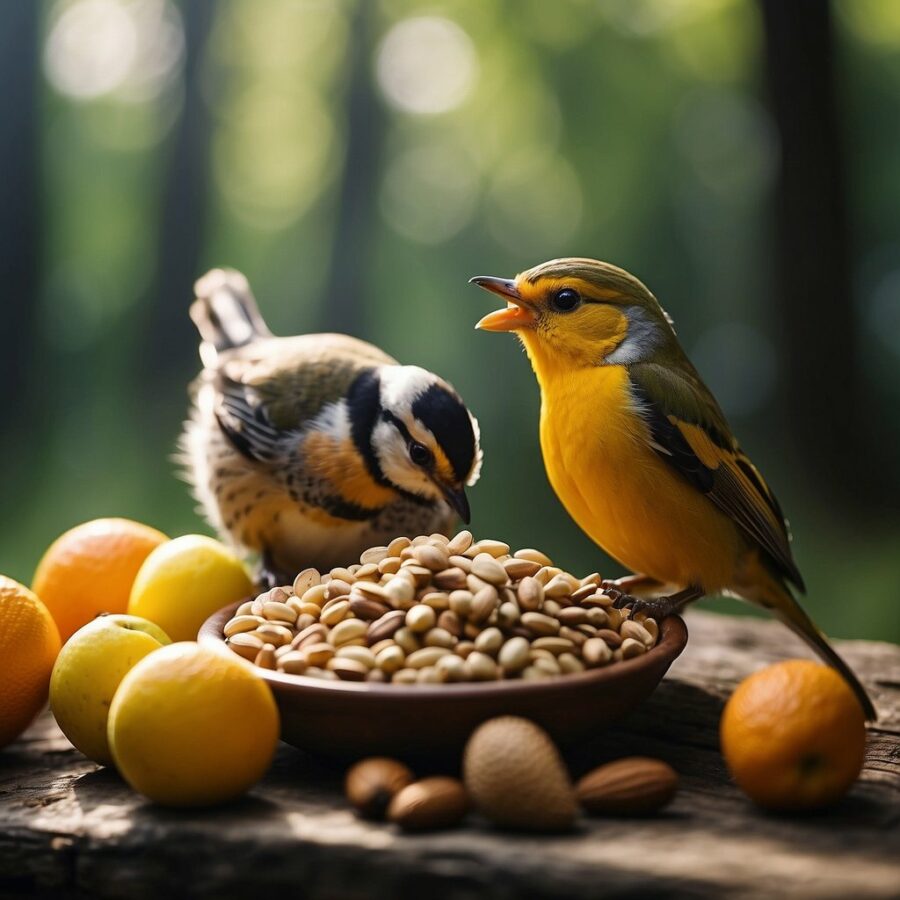Feeding wild animals may seem like a benign way to interact with nature, but this seemingly kind gesture can have unintended negative consequences for both the animals and humans. Wild creatures have evolved to survive in their natural habitats without human intervention, and when you feed them disrupts their normal behaviors and diet. The foods humans often provide are unsuitable for wild animals and can lead to health problems. For example, ducks and geese-fed bread can develop wing deformities, and an excess of human food can make an animal overweight or malnourished.
Moreover, your interactions with wildlife through feeding can create dependency and reduce their ability to forage and hunt naturally. This dependency may also increase the chances of wildlife conflicts, where animals lose their natural fear of humans, potentially leading to aggressive behavior or spreading diseases. Animals conditioned to human food can also become a nuisance, rummaging through trash bins or invading camping sites.
To encourage a healthier coexistence with wildlife, appreciate them from a distance. Observe their behaviors without intervention. If you wish to help your local wildlife, consider planting native species in your garden to provide natural food sources or use appropriate bird feeders for birds, ensuring you maintain and clean them regularly to prevent disease spread. Remember, the best way to care for wild animals is to let them remain wild.
The Truth About Feeding Wildlife

Interaction with wildlife, even with the best intentions, can lead to serious consequences for both the animals and humans involved. Understanding the differences between accidental and intentional feeding and recognizing the risks can help you make responsible choices for the well-being of wildlife.
Accidental Vs. Intentional Feeding
Accidental feeding occurs when animals access food unintentionally left out by humans, such as open trash containers or pet food. In contrast, intentional feeding involves providing human food to wild animals, like feeding birds in the park or leaving out items for animal consumption. Both can disrupt natural behaviors and dietary needs.
The Dangers to Wildlife

Feeding wildlife can cause:
- Dependency on human-provided food, which can lead to animals not foraging for their natural diets.
- Diseases like conjunctivitis in birds or rabies in mammals can spread through shared feeding sources.
- Malnutrition as human food cannot match the specialized nutrition that wild diets provide.
- Disruption of natural behaviors, making animals like ducks or squirrels less wary of predators.
The Risks to Humans
Feeding animals can increase the risks of:
- Aggressive behavior from wildlife, such as bears or raccoons losing their natural fear of humans.
- Spread of disease through bacteria and parasites found in animal feces.
- Vehicle-animal accidents as feeding can attract animals to roads.
- Predators being drawn closer to residential areas, increasing the risk for pets.
Safe Alternatives
If you desire to support local wildlife, consider:
- Using bird feeders specifically designed for different bird species and regularly cleaning them to prevent disease.
- Securing trash in animal-proof containers to avoid accidental feeding.
- Planting native flora that provides natural sources of food and shelter for wildlife.
- Contacting a wildlife biologist before implementing any feeding practices.
By taking these mindful steps, you ensure that the wildlife around you continues to thrive in a manner that’s safe for them and for you.